| Umělec magazine 2006/3 >> Bolts from the Blue | List of all editions. | ||||||||||||
|
|||||||||||||
Bolts from the BlueUmělec magazine 2006/301.03.2006 Jiří Ptáček | editorial | en cs de |
|||||||||||||
|
We have been working the whole summer on this issue of the magazine. The contributors were leaving on vacation, apologized for unkept deadlines, sometimes they even broke their hand, so they couldn’t finish the text at all. The new graphic designer got pregnant right after getting the job (congratulations) and one contributor gave birth to a baby on the day she should have handed in her article (congratulations). This all cannot be blamed on the summer but I still considered it one big unhappy season.
And then the accounting from Spain came, and we found out that everything was sold – all the magazines we sent there. More than in Germany, more than in Great Britain. Our Spaniards probably love us. Since then everything has got better. Our publisher Ivan Mečl has finished the text about the history of Umělec and so we could finally complete the special Chinese edition which will be printed in Beijing. From Mexico they asked for another shipment of magazines and catalogs from Divus for which we even had to make a waiting list. The editorial meeting was visited by Václav Magid with the information that he will not be only a contributor but also an external editor. In Germany Spunk Seipel decided to help our German team. Jaroslav Krampol took on the responsibility for contributions in Great Britain – except for distribution there. Our assistant Milena Dimitrova decided to look after our growing distribution network in Austria, and finally, joining our staff was our regular contributor Tony Ozuna, who I had always considered an American living in Prague until he admitted to being an American with Mexican roots and accepted the offer to be the editor of the Latin-American edition which will see the light of day at the beginning of next year. Of course we are not out of the woods yet. We are slowly moving from the Žižkov city quarter to Karlín. It is not more than one kilometer as the crow flies but that means moving a few tons of books, picture archives, computers, scanners and plotters. Only an optimist could say that our financial situation is merely difficult. Ivan Mečl eats cheap yoghurts only and Alena Boika lives on a type of oatmeal slop which I prefer to think of as a traditional Belorussian food. This magazine leads to a factual perspective of culture and to a healthy diet. And both are the subject of my final remark. Nearly the same day as this issue of Umělec hits the stands so does the first Czecho-Slovak issue of the magazine Flash Art. The local scene will have a strong player after a long time and it might be interesting to watch how much it will shake the Czecho-Slovak society’s negligible interest in contemporary art. I think that as an editor-in-chief of a magazine I should be afraid of such a rival but the truth is I look forward to it. Only one thing plagues me. In this issue of Umělec we are publishing a comparison of art communities in Russia and the Czech Republic by Václav Magid. There we can read that Czech people lack up-to-date printed critiques. The new Flash Art will surely bring many new reflections on contemporary art. But – will there be enough good quality writers? If the number of artists and art events grows we still can’t say the same about art critics. And the capacity of those who already publish is very overloaded. It wouldn’t be good to foretell what Flash Art will change. But the fact that it is being published will show if the long unheard call for a higher number of art periodicals was based on a possible concept of what they should bring. To produce a magazine is a long-distance run, and the goal cannot be seen. Flash Art’s Czecho-Slovak version is the culmination of an Italian periodical’s long-time interest in our two countries. We will wish for it that the 15 million readers won’t disappoint it. That would be more good news.
01.03.2006
Recommended articles
|
|||||||||||||
|
04.02.2020 10:17
Letošní 50. ročník Art Basel přilákal celkem 93 000 návštěvníků a sběratelů z 80 zemí světa. 290 prémiových galerií představilo umělecká díla od počátku 20. století až po současnost. Hlavní sektor přehlídky, tradičně v prvním patře výstavního prostoru, představil 232 předních galerií z celého světa nabízející umění nejvyšší kvality. Veletrh ukázal vzestupný trend prodeje prostřednictvím galerií jak soukromým sbírkám, tak i institucím. Kromě hlavního veletrhu stály za návštěvu i ty přidružené: Volta, Liste a Photo Basel, k tomu doprovodné programy a výstavy v místních institucích, které kvalitou daleko přesahují hranice města tj. Kunsthalle Basel, Kunstmuseum, Tinguely muzeum nebo Fondation Beyeler.
|







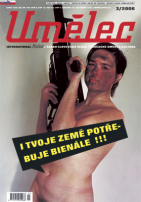
















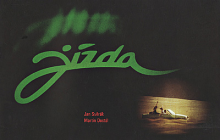
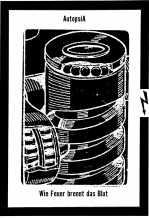
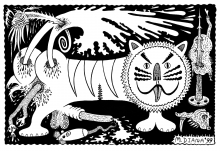
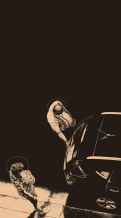


 We Are Rising National Gallery For You! Go to Kyjov by Krásná Lípa no.37.
We Are Rising National Gallery For You! Go to Kyjov by Krásná Lípa no.37.
Comments
There are currently no comments.Add new comment